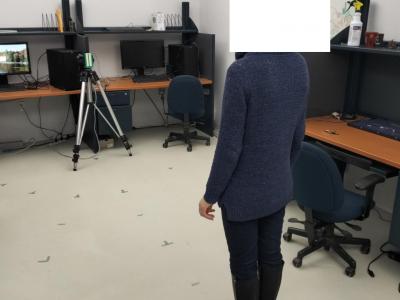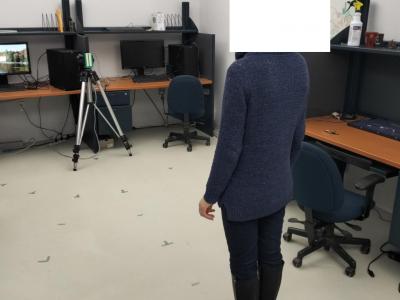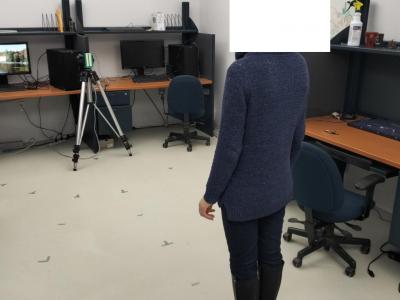Machine Learning

This dataset comprises 1301 rounds collected from the 2024 Valorant Champions Tour Pacific and EMEA. Specifically, those rounds contain completed information on Team A and B's number of available ultimate abilities each round, the average number of ultimate points until ultimate ability for each team per round, and each team's total loadout value per round. Each round's outcomes are labeled and weighed against the predicted outcomes in future logistic regression modeling.
- Categories:
 2 Views
2 ViewsThis dataset contains raw FMCW radar signals collected for human localization and activity monitoring in indoor environments. The data was recorded using mmWave radar sensors across two different laboratory settings, designed to simulate real-life scenarios for human detection and localization tasks.
- Categories:
 27 Views
27 ViewsThis dataset contains raw FMCW radar signals collected for human localization and activity monitoring in indoor environments. The data was recorded using mmWave radar sensors across two different laboratory settings, designed to simulate real-life scenarios for human detection and localization tasks.
- Categories:
 46 Views
46 ViewsThis dataset contains raw FMCW radar signals collected for human localization and activity monitoring in indoor environments. The data was recorded using mmWave radar sensors across two different laboratory settings, designed to simulate real-life scenarios for human detection and localization tasks.
- Categories:
 12 Views
12 ViewsThis dataset contains raw FMCW radar signals collected for human localization and activity monitoring in indoor environments. The data was recorded using mmWave radar sensors across two different laboratory settings, designed to simulate real-life scenarios for human detection and localization tasks.
- Categories:
 31 Views
31 Views
The ORL and WarpPIE datasets consist of grayscale face images, with each sample representing a single individual captured under various lighting conditions, facial expressions, and occlusions. The COIL20 dataset contains grayscale images of 20 distinct objects, with each object represented by 72 images taken from different rotational perspectives. The MNIST and USPS datasets comprise handwritten digits ranging from 0 to 9.
- Categories:
 5 Views
5 Views
This dataset aims to support research on temporal segmentation of the Timed Up and Go (TUG) test using a first-person wearable camera. The data collection includes a training set of 8 participants and a test set of 60 participants. Among the 8 participants, the test was completed at both a normal walking pace and a simulated slower walking pace to mimic elderly movement patterns. The 60 participants were randomly divided into two groups: one group completed the test at a normal walking pace, and the other group simulated slower walking speed to mimic elderly movement patterns.
- Categories:
 35 Views
35 Views
Abstract: This dataset is sourced from anonymous health check-up records from a hospital, containing a variety of health indicators from different participants. The dataset includes basic information about the participants (such as gender, age, etc.) as well as a series of health metrics, such as blood pressure, weight, and diabetes-related indicators (e.g., urea nitrogen, blood glucose, insulin levels), along with diagnostic recommendations for each participant.
- Categories:
 38 Views
38 Views
This study presents a deep learning-based framework for detecting vehicle deceleration patterns using Ultra-Wideband (UWB) Channel Impulse Response (CIR) analysis. Unlike traditional GPS or IMU-based systems, which struggle in GPS-denied environments such as tunnels, the proposed method leverages UWB CIR signal variations to classify two key driving behaviors: rapid deceleration and gradual deceleration. All data were collected from real-world experiments using UWB devices installed on actual vehicles at a professional highway testing site.
- Categories:
 9 Views
9 ViewsThe graph shows the force and voltage data obtained with the SMA Actuator System in four different scenarios. These scenarios were designed to capture the dynamic behavior according to the difference between the cooling times. The first two scenarios with long cooling times were used to examine the steady-state behavior, and the last two scenarios with short cooling times were used to examine the dynamic responses.
- Categories:
 35 Views
35 Views



